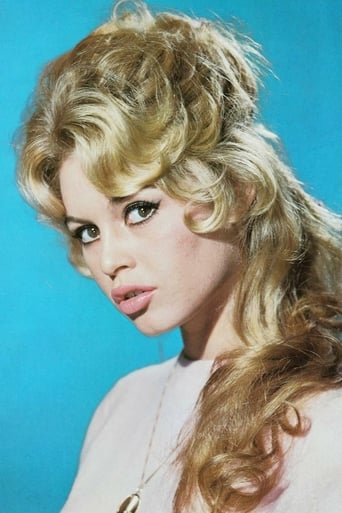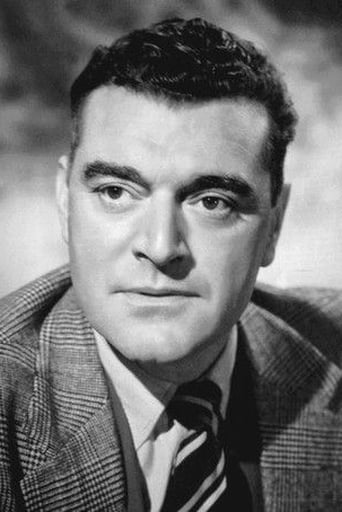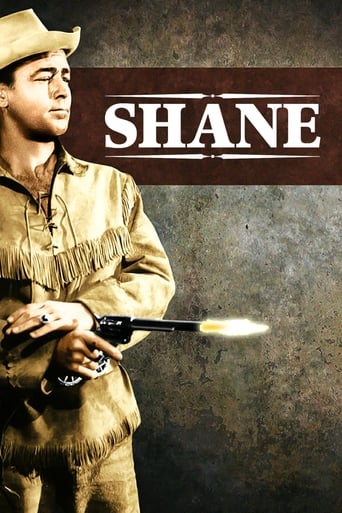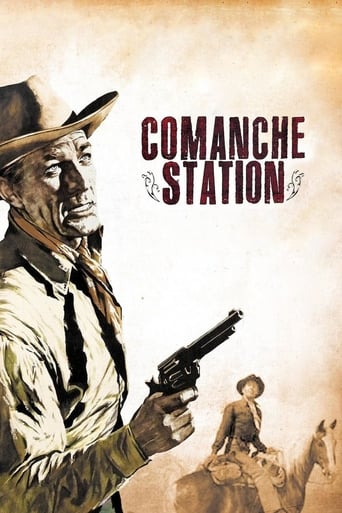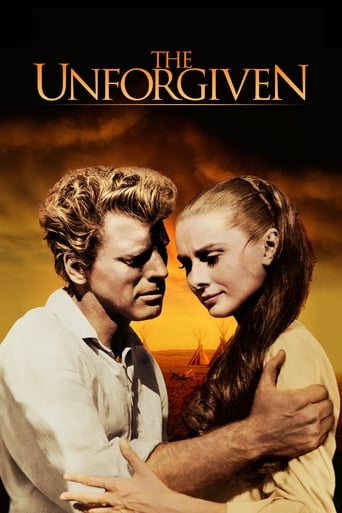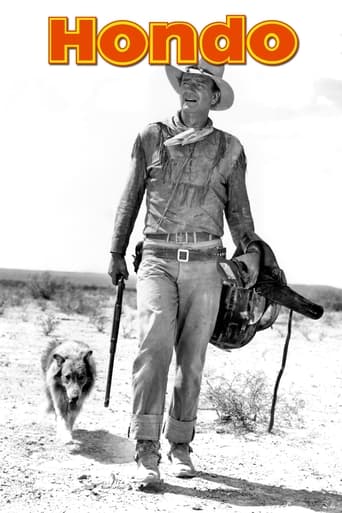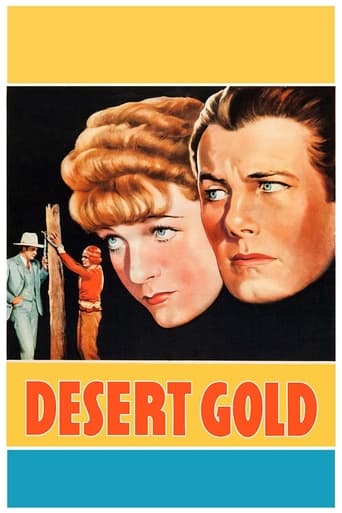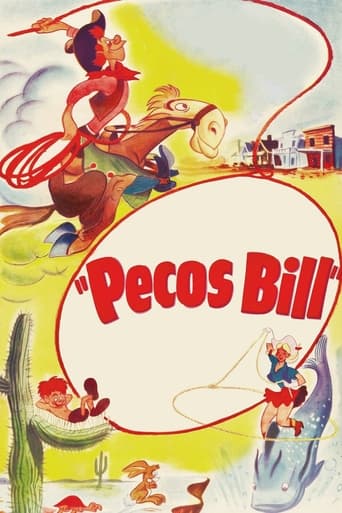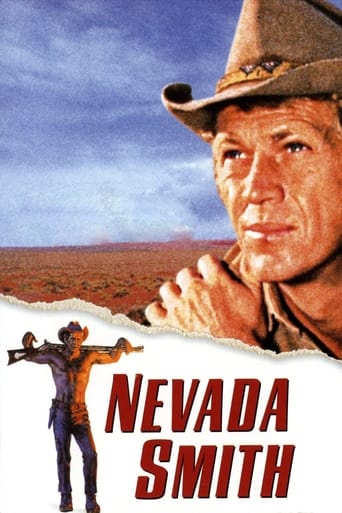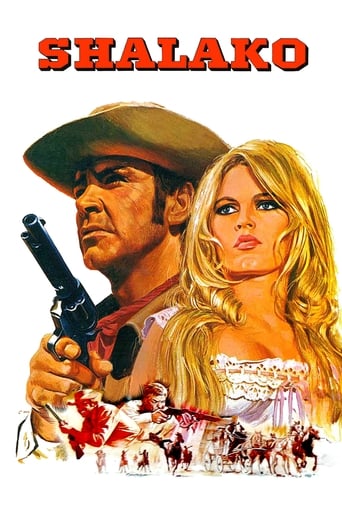
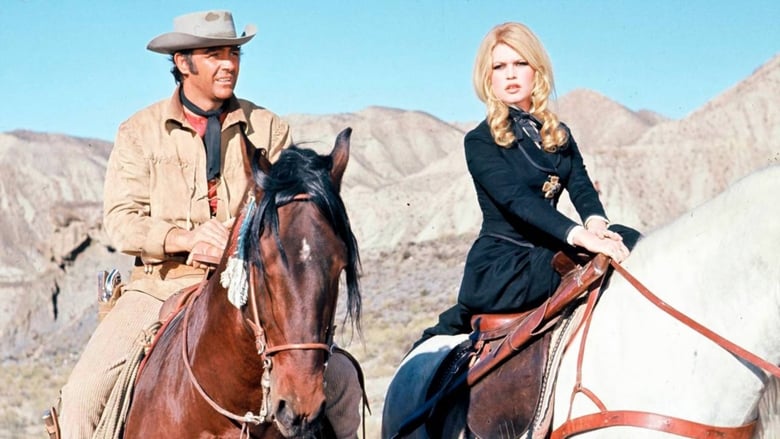
Shalako (1968)
Sean Connery is Shalako, a guide in the old West who has to rescue an aristocratic British hunting party from Indians and bandits.
Watch Trailer
Cast


Similar titles
Reviews
Must See Movie...
Good story, Not enough for a whole film
This is one of the best movies I’ve seen in a very long time. You have to go and see this on the big screen.
The thing I enjoyed most about the film is the fact that it doesn't shy away from being a super-sized-cliche;
Continuing my plan to watch every movie in Sean Connery's filmography, I come to Shalako (1968) Plot In A Paragraph: In 1880 New Mexico, a group of European hunters runs afoul of the Apache but is aided by Shalako (Connery) an ex-cavalryman turned guide Unoriginal, uninspired, routine, dull and just plain boring. Shalako is one of my least favourite westerns, and one of my least favourite movies starring Sean Connery in a leading role. There is a serious lack of chemistry between the leads and only a scene where a woman (who shall remain nameless due to spoilers) is made to choke to death on her perl necklace. I actually can't find anything good to say about this movie. Especially coming off the back of my Clint Eastwood filmography, which included so many great westerns. Shalako was another flop for Connery grossing under $2 million at the domestic box office.
This is a most peculiar oddity -- a British Euro-Western shot in Spain by veteran American director Edward Dmytryk. It should come as no surprise that everything, especially the casting, seems a bit off. A group of snooty European aristocrats, and a U.S. senator, goes on a fancy hunting expedition in the Old West. They haul along all the cumbersome trappings of civilization: servants, fine wine, expensive silverware, etc. But their unscrupulous cowboy guides, led by Bosky Fulton (Stephen Boyd), foolishly encamp on Apache land. When a French Countess (Bardot) wanders off, she is attacked by the Indians. Fortunately, Shalako (Sean Connery), an experienced cowboy known by the Indians, happens along. He rescues the Countess and brokers a truce with the Indians. The hunting party is given till dawn to leave Indian territory. But the Europeans, led by a German Baron (Peter van Eyck), arrogantly refuse to be run off by a gang of savages. They decide to make a stand, trusting their superior firepower and breeding to win the day. The next morning the expected Indian attack is just barely repelled. To make matters worse, their guides run off with most of their supplies (and Honor Blackman). This is the first of many lessons in humility for the hunting party as they struggle to survive. Shalako must now lead them to safety through a hostile landscape.The story, based on the book by Louis L'Amour, is essentially a study of class divisions. This is what must have appealed to the British producers in the first place. It is the opposite of "Zulu", in which the besieged Army of the British Empire nobly held out against a massive native attack. In "Shalako" a group of seemingly superior Europeans are trounced and harassed by savage Indians and must turn to a working class saddle tramp for salvation.Sean Connery, with his thick Scottish accent, is woefully miscast as Shalako -- a role originally intended for Henry Fonda. A fine actor in most roles, Connery simply isn't believable as an American cowboy. His presence only serves to derail the film. Plus, playing him against a group of European co-stars destroys the contrast that is at the heart of the story. Connery had just quit the James Bond series and was eager to establish himself as a versatile actor. He could not have picked a worse film to demonstrate his range. With a dark tan, longer hair, and sideburns, Connery was never more handsome, but he never seems comfortable in this setting. Brigitte Bardot, with her trademark heavy eyeliner, looks like a sexy French raccoon. She and Connery are given a brief romantic interlude, but even that doesn't work. The lack of chemistry between the two stars is obvious.Honor Blackman (who was in "Goldfinger"), as English lady Julia Daggett, was clearly a bit of stunt casting. The fact that she has no scenes with Connery makes her being in the film all the more absurd. But the oddest casting choice in this off-kilter film is Woody Strode as the Apache leader. Strode is the imposing African-American actor best known for "Spartacus" and "The Man Who Shot Liberty Valance".All of this had a chance of working with a different cast and a better script. As it is, this is an unfortunate misfire of a film in which its obvious flaws are its only points of interest.
By now, virtually everything that can be said about the film has been said. I didn't think it was that bad, and the (Spanish) scenery was great. The cast had a novelty value: Connery was good as the scout, and Boyd and Blackman also acquitted themselves well. This appears to have been Hawkins' second film after his operation to remove throat cancer, and he doesn't have much to do.One or two posters seemed surprised about an European hunting party living it up in the Wild West, but obviously they don't know their Buffalo Bill (who was a popular guide for such groups), and at its beginning the film listed various European dignitaries who had gone on such trips.Bardot was miscast throughout - years ago, when watching it on TV with my father, he exclaimed "hell!" when she made her first incongruous appearance, dressed up to the nines and uncomfortably aiming a rifle at a wild cat.The Indian attack on the white men's camp was well presented.Partial spoiler: The ending was weak, and, not for the first time in a film, I wonder how the inevitable pairing off would have worked out.
Given its director (Edward Dmytryk) and its cast (Sean Connery and Brigitte Bardot) it is rather odd that 'Shalako" (1969) is such an obscure film and that so many of the comments/reviews are totally negative. "Spaghetti" westerns (filmed in Italy or Spain) were quite the rage in the late 1960's and "Shalako" is about what you would get if "Hombre" (1967) had been given a mild "Spaghetti" treatment. While not even remotely on the level of Monte Hellman's stuff, "Shalako" is an entertaining and comprehensible western that most viewers will get into and enjoy until about the ¾ mark when the wheels fall off and it drags along to a less than spectacular resolution. Dmytryk was a veteran action director who occasionally ("Eight Iron Men" and "The Young Lions") even did a good job of directing actors for the camera. This was one of his last efforts and he seems to have stayed focused on the action and paid little attention to the performances themselves. Connery plays the title character, an experienced frontiersman who (like Paul Newman in "Hombre") is forced by circumstances into guiding a bunch of clueless civilians to safety. "Hombre" had Newman (a white man raised by Indians) in the moral dilemma of having to assist a group of people for which he has total contempt. Shalako ' s situation is simpler: he must extract a European aristocrat's hunting party who have ticked off the Apache's by coming onto their reservation and who have been betrayed by their cowboy hunting guides. Although he has little use for most of this group he has developed a grudging respect for a plucky countess (Bardot). There is decent chemistry in the early Connery-Bardot scenes but it does not sustain itself as the relationship begins to turn romantic. As in "Hombre" there is an interesting twist with the young wife (Honor Blackman) of one of the aristocrats deciding to leave her husband for the dangerous cowboy (Stephan Boyd) who has just placed the group at the mercy of the elements (and the Indians). Blackman is excellent in this part , the only really challenging role in the production. Dmytryk does an excellent job with his first three action sequences, including a surprisingly credible dawn attack on the camp of the hunting party and a more traditional stagecoach chase sequence. But as already mentioned, the film is extremely front-end loaded and he has dissipated all the tension before the climatic sequence even begins. "Hombre" on the other hand withheld its best sequence until the end and managed to pack some nice irony into its resolution. You won't find this in "Shalako", in fact the final 20 minutes are so listless your mind begins mulling over the plot holes. Like how did Boyd's character manage to walk all the way to the top of the plateau without being detected by the Indians? When you have to insert a detailed verbal explanation for something totally inexplicable (that has happened "off" camera) a competent editor knows that it is time for some major trimming and a focused director begins revising his script. Then again, what do I know? I'm only a child.



